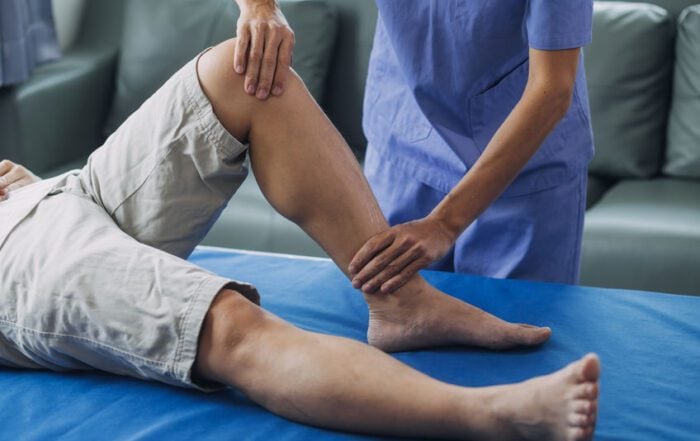Tonsils Or Adenoids In A Twist?
The adenoids and tonsils are mounds of tissue in the back of the throat and mouth, respectively. These pieces of tissue form part of the body’s lymphatic system, helping trap and keep away harmful bacteria. Sometimes, a weakened immune system can cause swollen tonsils or adenoids, particularly in young children. Repeated infections can also cause sore throats, fever, ear infections, and other symptoms. In some cases, a doctor will recommend tonsillectomy or adenoidectomy.

Time for a T&A
A tonsillectomy and adenoidectomy is the surgical removal of these mounds of tissue. Either 1 set or both are removed, called T&A surgery. A doctor will only recommend surgery if antibiotics and other medications fail to bring relief to tonsilitis. The surgeon will remove the necessary tissue with the patient under general anesthesia. On average, the procedure takes 30-60 minutes. After a short recovery period, the patient can leave on the same day.
Preparing for surgery
Most tonsillectomy or adenoidectomy patients are children, so parents must prepare the child for surgery. This includes restricting foods and specific drinks beforehand. In addition, discuss any medications or supplements in use that can affect the surgery. For instance, ibuprofen can lead to excess blood thinning and should be stopped 7-10 days before the procedure. A doctor or nurse will provide best practices to ensure a successful surgery.
What to expect after surgery
A tonsillectomy or adenoidectomy can take up to 7-10 days to fully recover from. For adults with larger tonsils, healing can take longer. Most patients will experience sore throat, ear pain, and swallowing discomfort after the removal. Take pain medication as prescribed. Some mild bleeding can happen for a few days, but persistent bleeding may be a sign of infection. If that happens, see a doctor immediately.
The power of ice cream
Some patients have no appetite for solid foods for several days after surgery, which is normal. However, patients will find that cold, soft foods help soothe the throat. Doctors will encourage consumption of ice cream, yogurt, popsicles, and other soft foods after the procedure. These foods may even reduce the need for pain medication. A recent study revealed that ice cream significantly reduced pain after tonsillectomy. Soups and other warm foods can also help. Drinking lots of fluids is critical to staying hydrated, healing quickly, and reducing pain. Spicy foods or foods with rough edges or surfaces should be avoided until the area has healed.
A pain-free future
Once completed, a tonsillectomy or adenoidectomy can help prevent future infections. The procedure can cause discomfort for several days, limiting food intake. Soft foods like ice cream and yogurt taste good and can provide some comfort. Follow all the recovery instructions for a pain-free future.
Recent Posts
ACL Repair: Will You Have Range Of Motion With Your Knee After Recovery & Physical Therapy?
After an ACL injury, ROM can be negatively affected. ACL repair surgery helps restore function, but physical therapy is essential to ROM.
Arthroscopy: What Are The Benefits Of This Minimally Invasive Outpatient Orthopedic Procedure?
Arthroscopy can help diagnose or treat joint conditions. Benefits of the MIS include faster recovery, less pain, and fewer scars.
Posterior Interbody Lumbar Fusion: What Are The Benefits Of PLIF For People With Back Pain?
People with chronic back pain may benefit from posterior interbody lumbar fusion surgery. PLIF can reduce pain and improve stability.
Saying Goodbye To Tonsil Troubles: The Benefits Of Minimally Invasive Tonsillectomy
Chronic tonsilitis or other tonsil troubles can impact health and well-being. A minimally invasive tonsillectomy can reduce infections.








